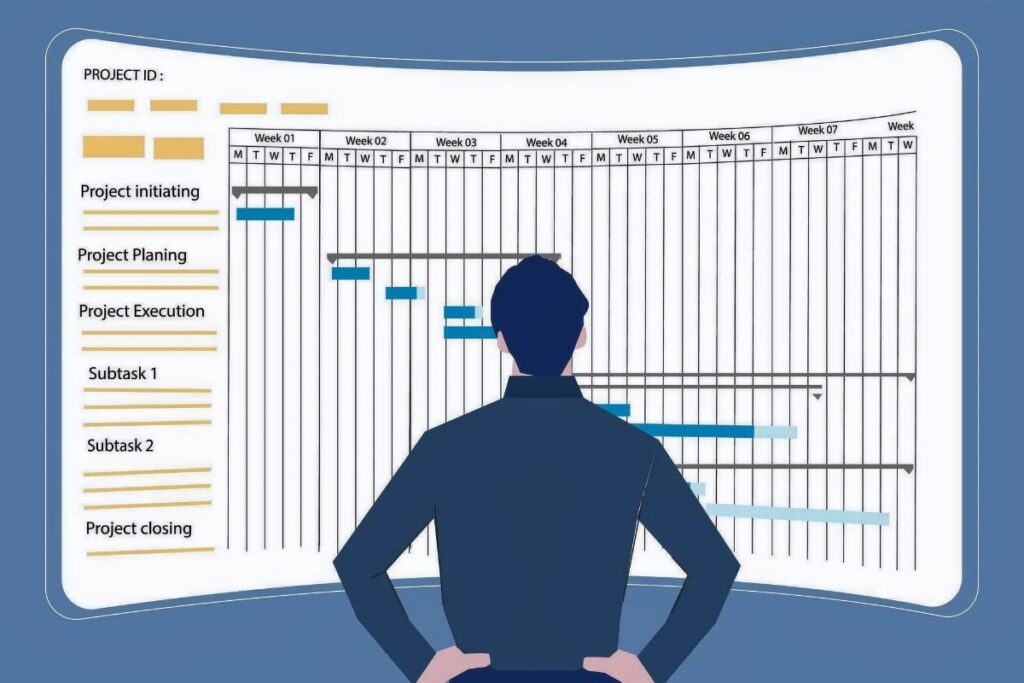In 1998, I was overseeing the construction phase of a pipeline extension project in the North Sea. Everything was on track — literally. Our Gantt chart was flawless. Dependencies, milestones, resource allocations — all buttoned up. Until a rogue weather system shut down offshore operations for six weeks.
That was the moment I stopped believing in perfect plans.
The Illusion of Control
Too often, project managers place blind faith in planning tools. We convince ourselves that if the chart looks right, the project is right. But crises rarely respect swimlanes. When real-world variables kick in — regulation delays, geopolitical shifts, or just good old-fashioned equipment failure — your Gantt chart becomes a historical artifact, not a guide.
What Actually Works
When that storm hit, we didn’t dig into Primavera. We held a war room session, spoke to every supplier, contractor, and legal stakeholder, and restructured work packages based on what could be done under new constraints. Not one move was on the original chart. Every move was right.
If you’re in a crisis:
- Kill the idealized plan. Focus on ground truths.
- Rescope quickly. Redefine the MVP (Minimum Viable Project).
- Communicate relentlessly. Up, down, and sideways.
Final Thought
Planning tools are valuable, but they’re only as good as your team’s adaptability. In 40+ years, I’ve seen more projects saved by calm leadership and hard decisions than by perfect scheduling.
Don’s Rule: The moment a crisis hits, your project plan expires. Leadership takes over.



